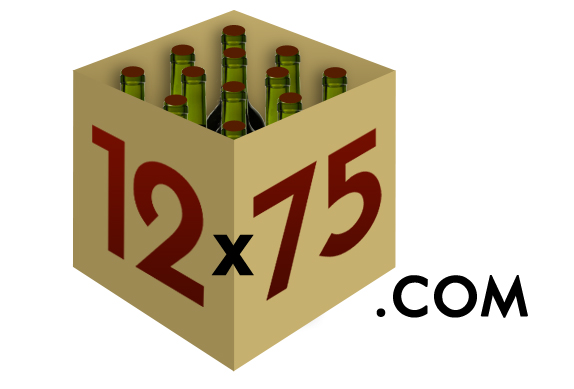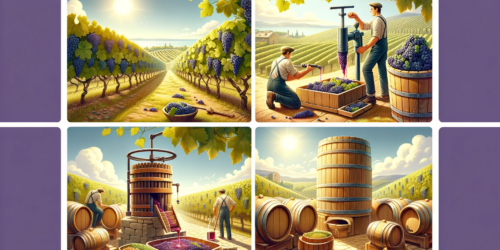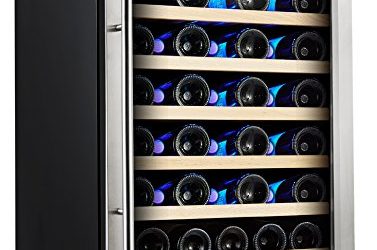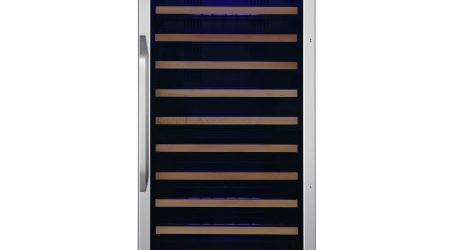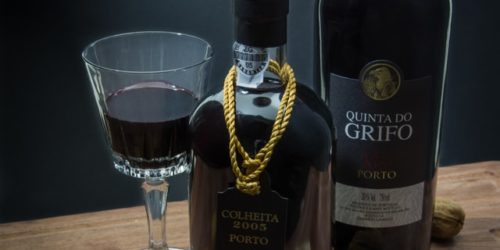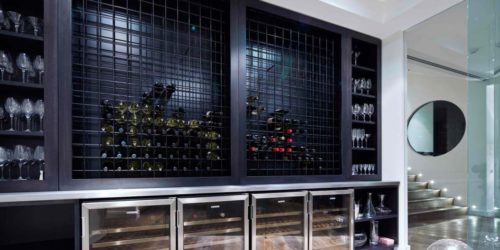Time and structure

We talk a lot about the Old vs New World in the wine industry, so it was interesting to read Graham Holter’s article on the Harpers site on 19th August, revealing that a leading wine merchant believed that the top wines from California and Australia, as well as Europe’s finest, would soon challenge Bordeaux’s dominance of the fine wine market. The research by Slurp Investment, Holter says, shows that the current premium commanded by Bordeaux is “unsustainable”, and that the wines of California and Australia are undervalued and consequently not sufficiently represented.
This argument has always interested me – at times when I’ve been fortunate enough to taste great Californians, I have been simultaneously impressed and surprised and part of me is rooting for them to get the recognition they deserve. But – and I think this is a personal thing – I can’t help thinking that the best of California lies around the £30-£40 mark. Beyond this, there are some excellent wines, but I am not sure they stand up to Bordeaux’s offerings for the equivalent price.
The article goes on to say that the best New World wines are being made with ageing in mind whereas modern Bordeaux wines are often being made to be more accessible at a young age. There is an interesting argument about the structure of wine here – It has long been thought that Bordeaux producers were leaning towards ripe, fruit-forward, sumptuous Parker-pleasing wines that could be enjoyed young, and the Chinese certainly love to pop the corks on wines that are still in their youth. Could it be the case that Bordeaux producers have been getting it wrong, while the New World have slipped under the radar, making wines that will just be hitting their peak at the height of the New World boom 30 years from now?
Of course, this is simplifying things greatly – Yes, corks are being popped on young Bordeaux, but the phenomenal structure of the top wines will ensure that the bottles that remain are capable of great age. And it is great to see the New World producers thinking ahead and producing ageworthy wines. But how much do we really know about these ageworthy wines? The answer is, not enough – we have to take their word for it that the wines will age, to some extent. And despite the expertise and innovation that goes into making these wines – it still seems to be a world far removed from the safety of Bordeaux’s rich history. If we pop the corks on them 30 years from now, they might be in good condition and ready to drink. But, will we like them as much as we like Bordeaux?

I used to stand staunchly with the belief that there was nothing that the New World could do to rival Bordeaux at the top end of the market – the best New World reds will make fleeting appearances at auction but the limitations of production will always ensure that they remain a niche market. But I don’t feel so strongly anymore – I believe that given time, it will be an important market for the alternative investor as new wines emerge. But therein lies the problem for the New World – time. Right now the market is Bordeaux, and it will be a long, long time before there are enough New World wines to take a significant chunk of the market away.
Sometimes, as investors, we forget that wine is not just a commodity to buy and sell. It has structure and finesse and flavour and longevity, and even if we choose not to drink it ourselves, the reality is that the Chinese, as well as wine lovers globally, are going to drink it, rather than just move it from cellar to cellar for a profit. And so, fundamentally, the wine has to be really, really good. It has to gain critical approval from the press in order to gain recognition from the emerging markets. This is what makes Bordeaux so successful, it is not just an accident of history that the famous wines are still considered to be the best. Their quality has remained high but they have also moved with the times, making wines that will impress their key audiences and continuing to court them while always identifying and penetrating new markets as they emerge.
